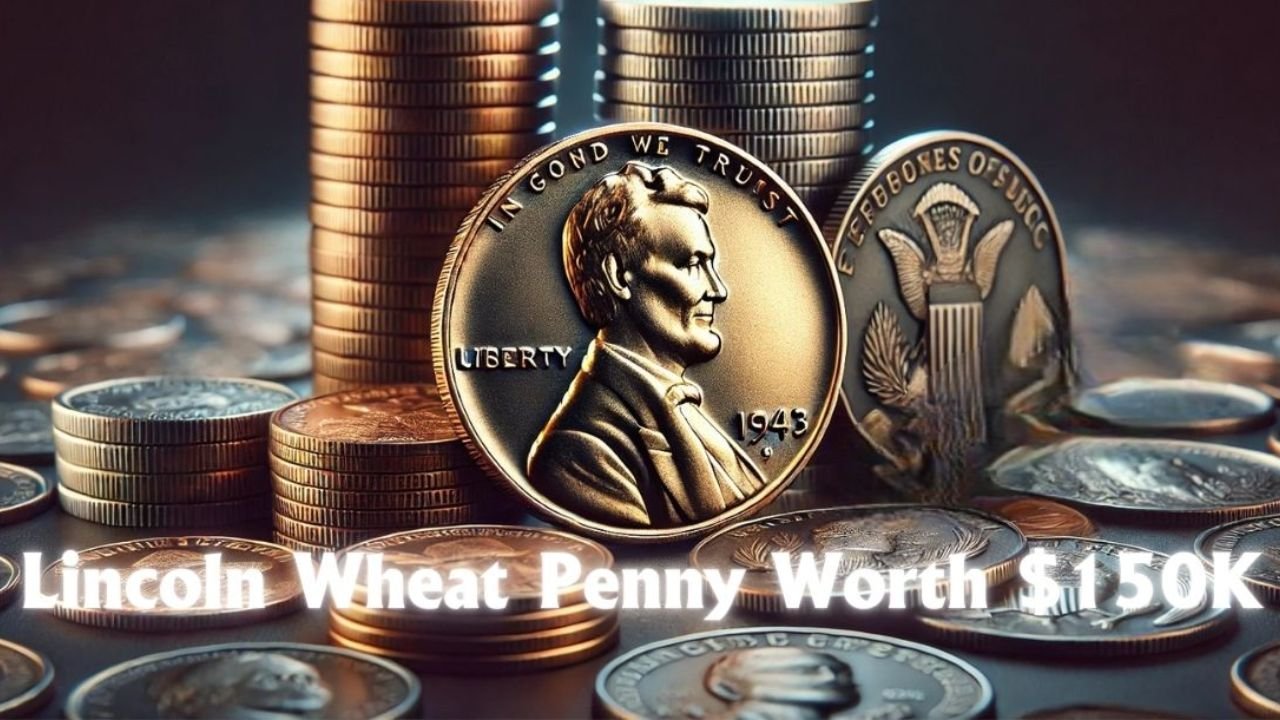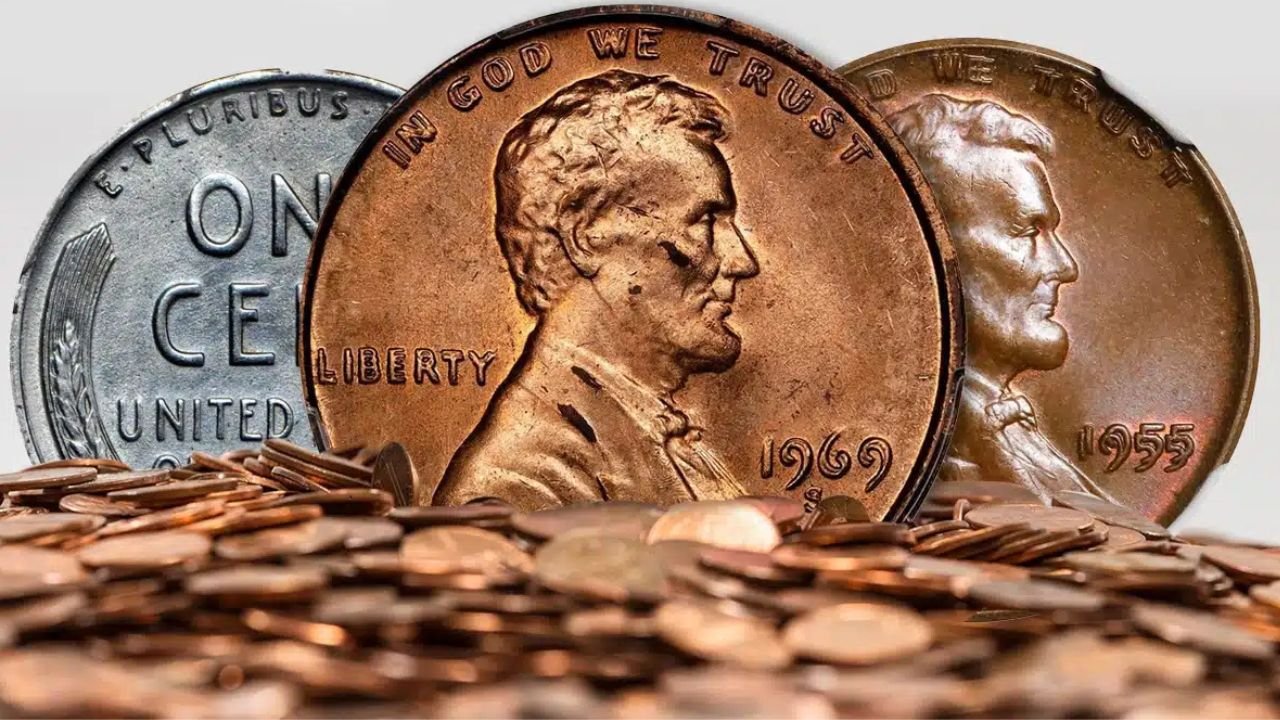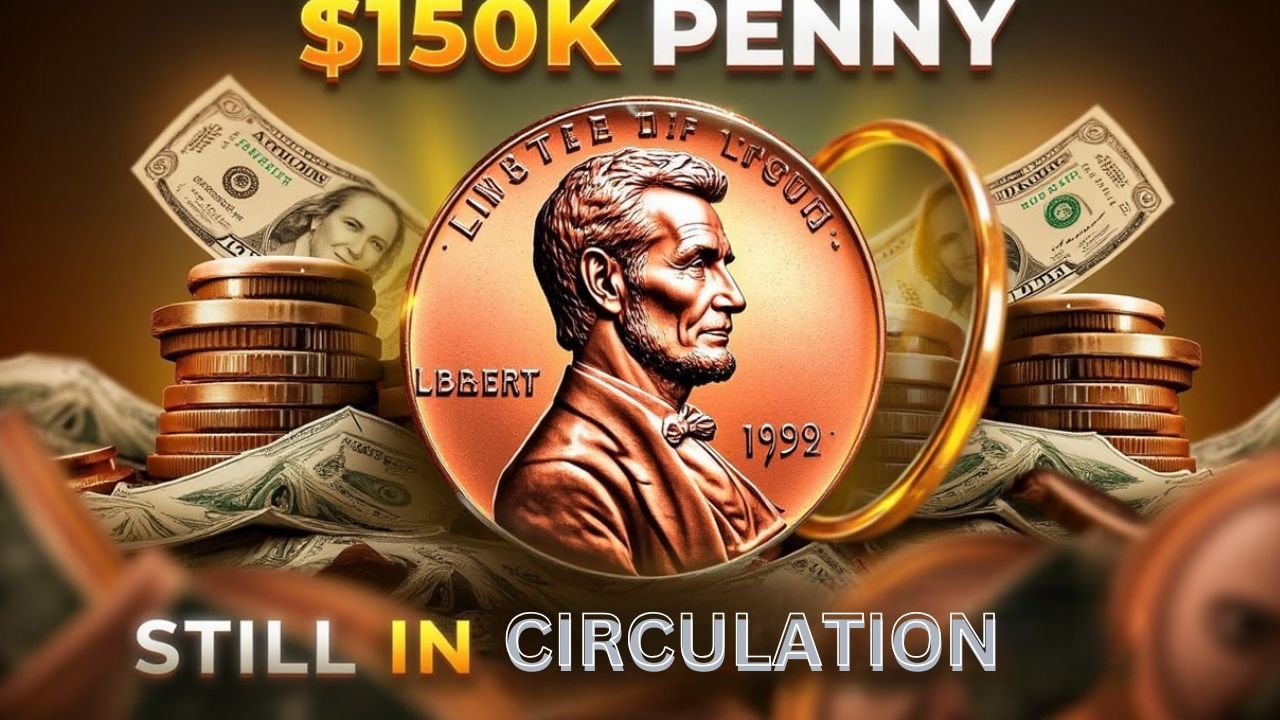The Lincoln Wheat Penny was issued from 1909 to 1958. While most of these coins are only worth one cent, some rare varieties can bring very high prices at auction.
For example, a 1943 Lincoln Wheat Penny recently sold for $240,000, which shows how high the price of these coins can be.
Knowing the 1943 Lincoln Wheat Penny
The U.S. Mint started using zinc-coated steel instead of the traditional bronze plates in 1943 during World War II, saving the copper for the war effort. Some bronze plates that were left over from 1942 were mistakenly used to make 1943 pennies. These accidentally made bronze pennies are extremely rare, and only a few of these coins are known to exist.
Key Features of the 1943 Bronze Lincoln Wheat Penny
| Feature | Description |
|---|---|
| Mint Year | 1943 |
| Mint Mark | Philadelphia (no mint mark), Denver (D), or San Francisco (S) |
| Material | Bronze (copper and tin) instead of steel |
| Rarity | Extremely rare; only a few known examples |
| Value | Can fetch up to $240,000 at auction, depending on condition and provenance |
Reasons Why Penny Cost High for 1943 Bronze Lincoln Wheat Penny
The following are some factors that contributed to the relatively high cost for the 1943 bronze Lincoln Wheat Penny.
- Rarity: The production of bronze pennies in 1943 was an unintended circumstance. Thus, these coins are rare.
- Grade: Higher grades, especially AU50 (About Uncirculated 50), are more valuable insofar as they are less worn and the design features are preserved.
- Ownership history: Documented ownership and previous sales of the coin can increase the price.
- Market demand: In an auction, interest and competition among collectors may also push up the price.
How to Identify a 1943 Bronze Lincoln Wheat Penny
To determine whether you have a 1943 bronze Lincoln Wheat Penny, follow these steps :

Visual inspection: Look for the year “1943” and the absence of a mint mark “D” (for Philadelphia), “D” (for Denver) or “S” (for San Francisco).
Magnet test: Hold the coin lightly near a magnet. If it sticks, it may be a steel penny. If it doesn’t stick, it may be bronze.
Professional Grading: For grading, contact a professional coin grading service to evaluate the coin’s authenticity and grade.
Other Valuable Lincoln Wheat Pennies
While the 1943 bronze penny is the most famous, several other Lincoln Wheat Pennies have received much attention and value:
1944 Steel Cent: A rare error in which steel plates from 1943 were mistakenly used in 1944, resulting in a steel penny instead of what should have been a normal bronze penny.
1922 No D Penny: A 1922 penny that was made in Denver without a “D” mint mark because the die was worn, making it a sought-after error coin.
1955 Doubled Die Obverse: A 1955 penny with clear doubling in the obverse design, most notably on the date and the “LIBERTY” stamp.

The 1943 bronze Lincoln Wheat Penny is a rare and potentially valuable find. However, it is worth noting that coins such as this are extremely rare.
The value of most Lincoln Wheat Pennies currently in circulation is limited only by their face value. Though for some numismatics enthusiasts, understanding the variation can help them have an educational and potentially good time.
FAQS:
What makes a 1943 bronze Lincoln Wheat Penny so valuable?
It’s rare, not only because it was mistakenly printed on bronze plates in 1943 but also because of its historical value and condition.
How do I determine if my 1943 Penny is bronze or steel?
Test it with a magnet: if the coin is attracted to a magnet, then it’s steel; if not, it may be bronze.
Are other Lincoln Wheat Pennies valuable?
Some other examples of very desirable coins are the 1944 steel cent, the 1922 No D Penny, and the 1955 Double Die Obverse.

